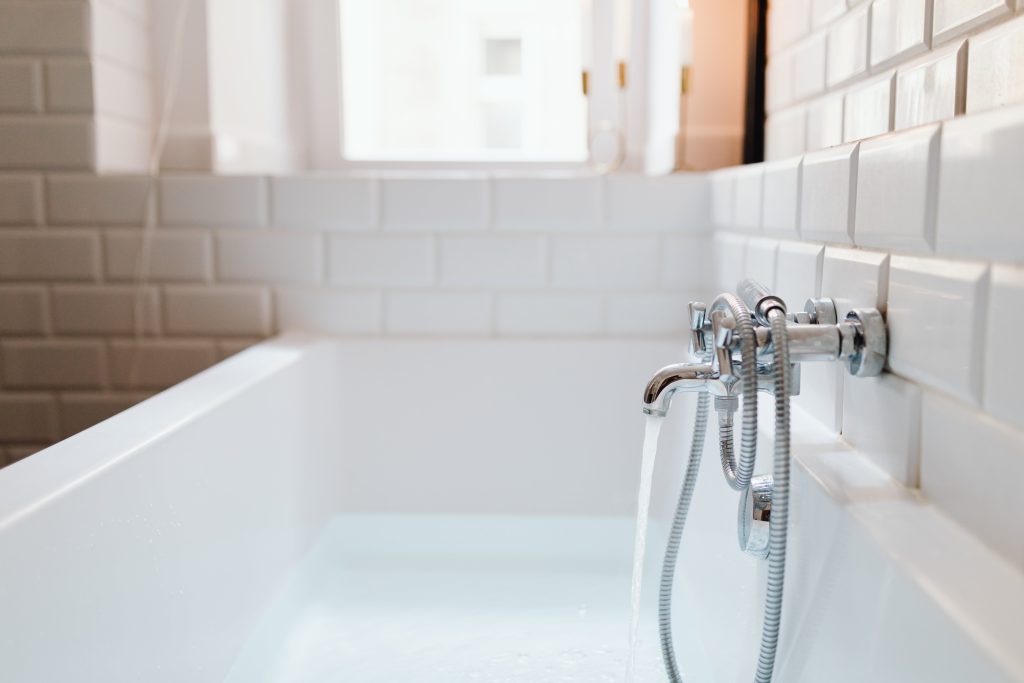For the average homeowner, plumbing problems can be a huge source of stress and dread. From minor clogs to sudden leakage, home plumbing issues require urgent attention if they are not to become major problems.
Unfortunately, it’s all too easy for these issues to turn into large-scale repairs or renovations that can cost a significant amount of time and money to address. Luckily though, there are several strategies you can use in order to tackle home plumbing woes before they spiral out of control. In this blog post we will discuss the top 6 solutions for tackling those pesky home plumbing issues head on – so read on!

1. Diagnose the problem: Start by inspecting your pipes for signs of damage and leaks
Your plumbing system is essential to the functionality of your home, but when issues arise, it can be difficult to determine the root cause. If you suspect that your pipes are damaged or leaking, it’s time to take action.
Inspecting your pipes for visible signs of damage or leaks can help you diagnose the problem. Look for any cracks, holes, or rust spots on the pipes, as well as any signs of water damage. Taking the time to investigate the issue and identify the source of the problem can help you avoid costly repairs down the line. So grab a flashlight and start examining your pipes today!
2. Shut off the water supply to avoid further damage
Plumbing issues can be a hassle, and can quickly escalate into a disaster if not attended to promptly. One of the main steps to take when a plumbing issue arises is to shut off the water supply. This may seem like a small step, but it can save you from further damage and costly repairs.
Whether it’s a burst pipe or a leaky faucet, cutting off the water supply can prevent water from continuing to flow and cause more damage than necessary. It’s important to identify the location of your main water valve and shut it off immediately to mitigate any potential damage. Taking this step can give you peace of mind and help you avoid a mess that may be difficult to clean up.
3. Test the pressure and flow of your water lines to identify any blockages or clogs
When it comes to plumbing, nothing is worse than a clogged water line. Not only can it disrupt daily activities like washing dishes or taking a shower, but it can also cause significant damage to your home.
That’s why it’s important to regularly test the pressure and flow of your water lines. Doing so can help you identify any blockages or clogs before they become a major issue. Not sure how to test your water lines? Consider hiring a professional plumber. They have the tools and expertise necessary to get the job done quickly and efficiently, ensuring your home’s plumbing is in tip-top shape. Don’t wait until it’s too late – take care of your water lines today!
4. Clear out debris from drains and faucets with a plunger, an auger, or chemicals
It’s never a good sign when water takes longer than usual to drain from your sink or shower. Clogged drains can be a nuisance, but they’re also a common plumbing problem. Fortunately, there are a few methods you can try before calling in a professional. A plunger is a simple tool that can be used to unclog a drain or faucet.
An auger, often called a “plumber’s snake,” can break up tougher blockages. And if you’re dealing with a stubborn clog, there are chemicals designed to dissolve the gunk and clear out your pipes. By knowing how to clear out debris from drains and faucets, you can save money and avoid the headache of a plumbing disaster.
5. Replace faulty pipes that are beyond repair
Proper plumbing is essential to any building’s functionality, but all pipes have a shelf life. Sometimes, those pipes become damaged beyond repair and must be replaced. That isn’t always an easy fix, however. It requires more than just a temporary patch or quick fix; it necessitates a complete overhaul of the water system.
Some signs that pipes need replacing include low water pressure, discolored water, or constant leaks. While it may be an inconvenience, it is vital to upgrade old pipes to ensure proper plumbing function and maintain the health and safety of the building occupants.
6. Seek professional help if needed to address more complicated plumbing issues
Plumbing problems can be a headache for any homeowner, and in some cases, the issues can be too complicated to tackle alone. In such situations, it’s vital to seek assistance from a professional plumber. While a DIY approach may seem cost-effective, it could end up being more expensive in the long run if the problem is not adequately addressed.
Professional plumbers possess the necessary knowledge and tools, and they can quickly diagnose the problem and recommend the best solution possible. Moreover, looking for a ‘24 hour plumber near me‘ online can help you find help in dire situations when you need it most. Don’t hesitate to call in the experts when needed – your home’s plumbing is too important to gamble with.

With all that being said, you should not underestimate the importance of knowing a good plumber with experience in fixing plumbing problems and doing regular maintenance. Before engaging in any professional service, it is important to evaluate the positives and negatives of each to save money and hassle. Always be sure to ask questions about their process, cost estimations, insurance, and so on.
Taking the time to do your research will ensure your plumbing problems are fixed in record time and you don’t end up sinking through your hard-earned money. And if you are ever stuck between a rock and a hard place during DIY repairs, never hesitate to contact an expert for help. It’s always better to be safe than sorry! Now that you are well-equipped with these tips on diagnosing, preventing, and resolving plumbing issues, don’t forget to keep them in mind should you ever face another plumbing emergency!



